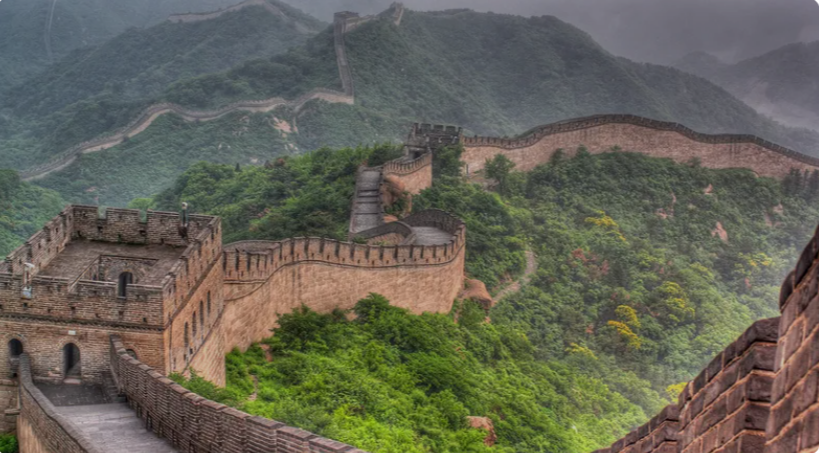How Many Floors Do the Watchtowers on the Great Wall Generally Have
The upper floors, usually one or two, served as lookout points. From these elevated positions, the guards had a better vantage to spot any approaching enemy forces, whether they were on foot, horseback, or in larger military formations. The height of the upper floors allowed for a wider field of vision, enabling the early detection of potential threats. Some of these lookout floors were equipped with small apertures or windows, strategically placed to provide maximum visibility while minimizing the exposure of the guards to enemy attacks.

TAG:
previous: Did the Great Wall Have Other Functions Besides Military Defense in Ancient Times
next: Which Provinces and Regions in China Does the Great Wall Cross
Related News
- What's the Average Height of the Great Wall's Walls 03-26
- Which Groups Mainly Provided the Labor Force for the Construction of the Great Wall in Ancient Times 03-26
- Which Provinces and Regions in China Does the Great Wall Cross 03-26
- How Many Floors Do the Watchtowers on the Great Wall Generally Have 03-25
- Did the Great Wall Have Other Functions Besides Military Defense in Ancient Times 03-25
- Who Ordered the Construction of the Great Wall First 03-25
- Rapid Development of Rural Tourism in Beijing, Becoming a New Highlight of Tourism 03-21
- Service Upgrade in Beijing Tourist Attractions, Taking Tourist Experience to a New Level 03-21
- Chaoyang Tourism Achieves Remarkable Results and Continuously Ranks First in the City 03-20
- Golden September and Silver October', Inbound Tourism in Beijing Ushered in a Small Peak 03-20
